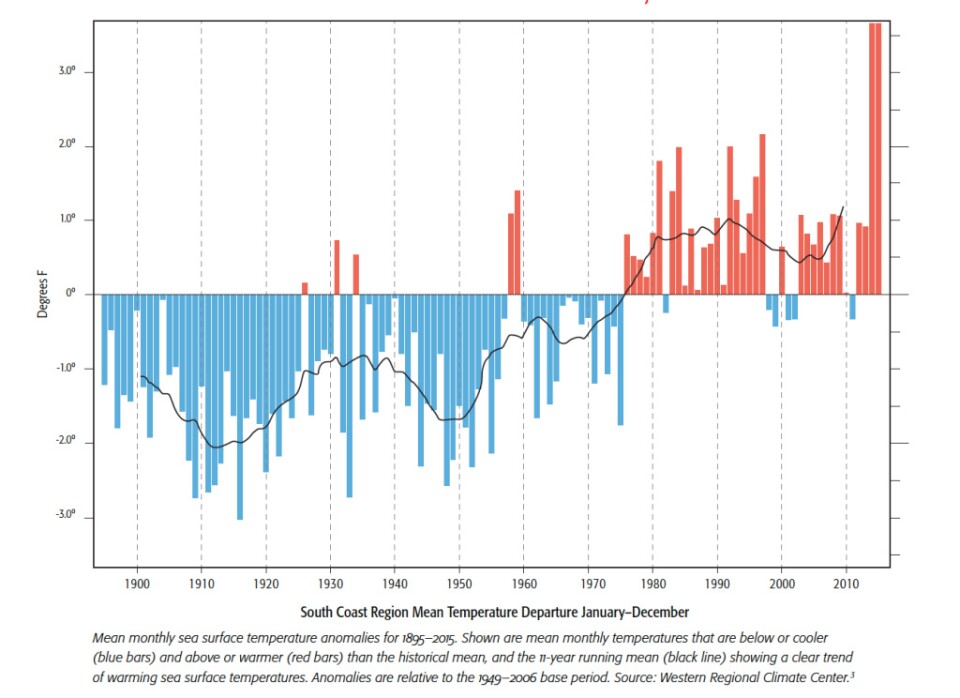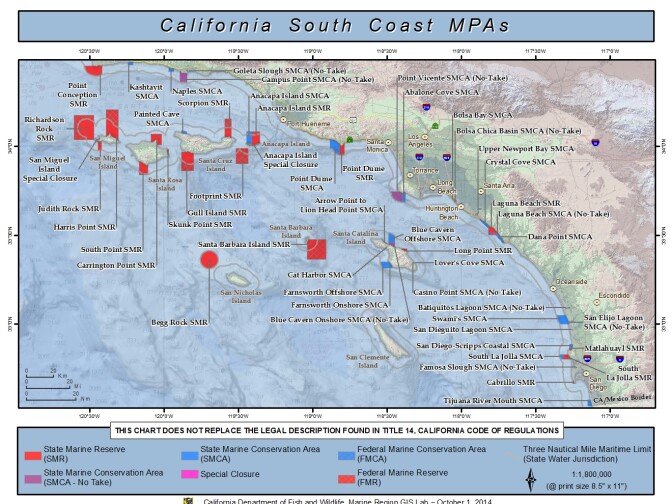With our free press under threat and federal funding for public media gone, your support matters more than ever. Help keep the LAist newsroom strong, become a monthly member or increase your support today.
Marine life improved in California’s protected areas, study says
A new report finds early signs that California’s unique network of marine protected areas is successfully protecting and rebuilding marine life.
There are 124 marine protected areas, or MPAs, along the California coast. In Southern California, that adds up to about 350 square miles of ocean, rocky intertidal and beaches that have been set aside and protected from commercial fishing.

The first MPA in the state was created in the Channel Islands in 2003, four years after state legislators passed the law creating the nation’s first network of state coastal and marine conservation zones.
In a report released today, scientists describe how just 14 years later, life inside the Channel Islands’ MPA looks different than outside it.
“We’re already seeing larger fish and more diverse fish populations within those marine protected areas,” said Tom Maloney, the executive director of the California Ocean Science Trust, which helped put out the report.
In addition, researchers noted that Channel Island tide pools and rocky shores had higher biodiversity than in places with no protection.
Taken together, it's a hopeful sign for the South Coast's other marine protected areas, 50 in total, most of which were created just five years ago.
Although the MPAs are insulated from commercial fishing, they can’t avoid other stressors like rising ocean temperatures and ocean acidification.

Indeed, climactic data shows a clear trend towards warmer sea surface temperatures in the South Coast.
In order to find out how these changes will affect the plants and animals that call marine protected areas home, researchers needed to establish a baseline: who is living here now? How many are there?
The “State of the California South Coast” report attempts to do just that for the newest marine protected areas. Going forward, Maloney says scientists will be able to refer back to the data gathered and document how conditions are changing.










